Bundamba Sludge Dewatering Upgrade
-
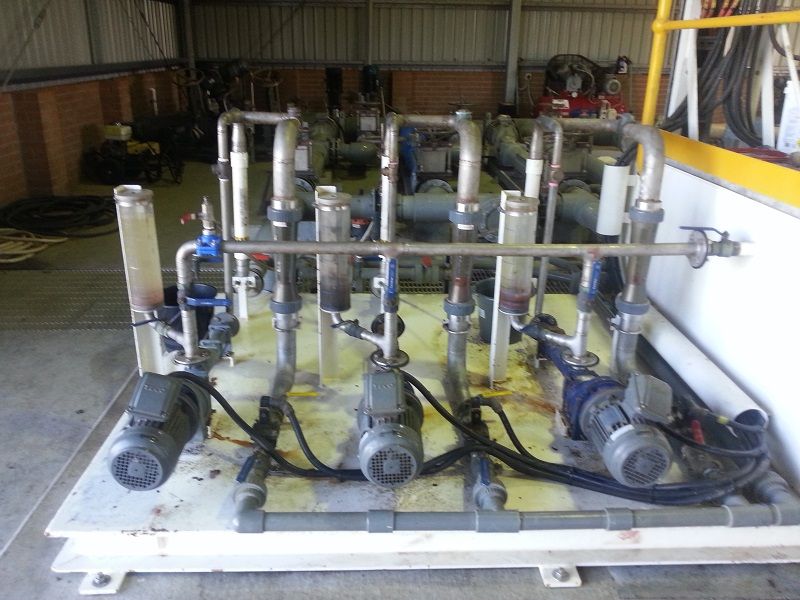
Poly Dosing Pumps
-
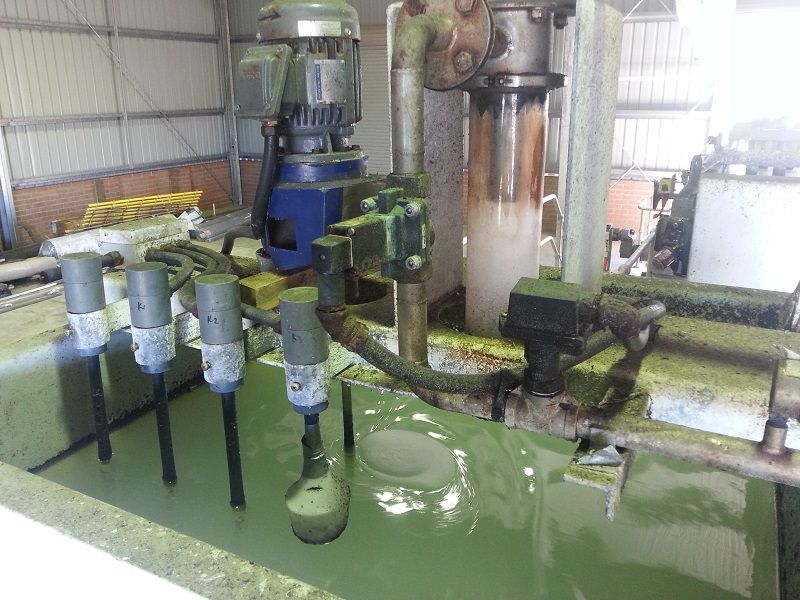
Poly Batching Tank
-

Sludge Distribution
-
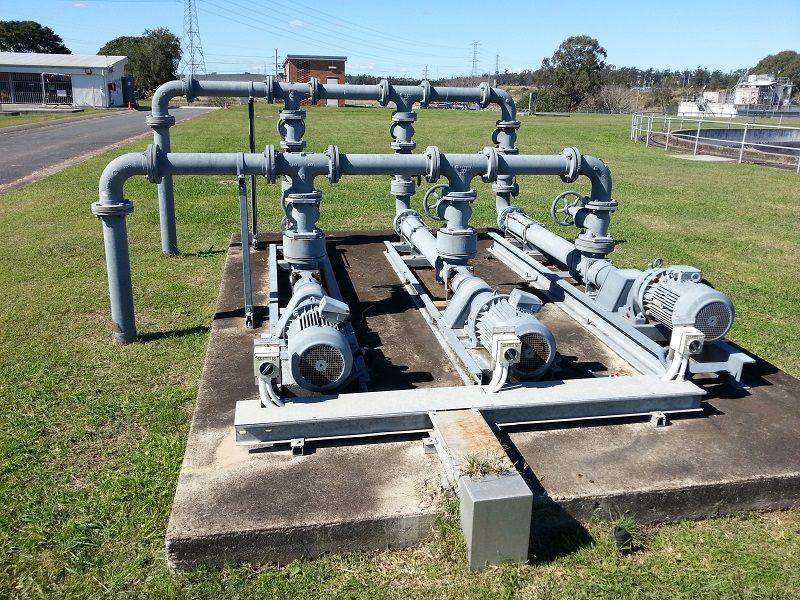
Sludge Transfer Pumps
-
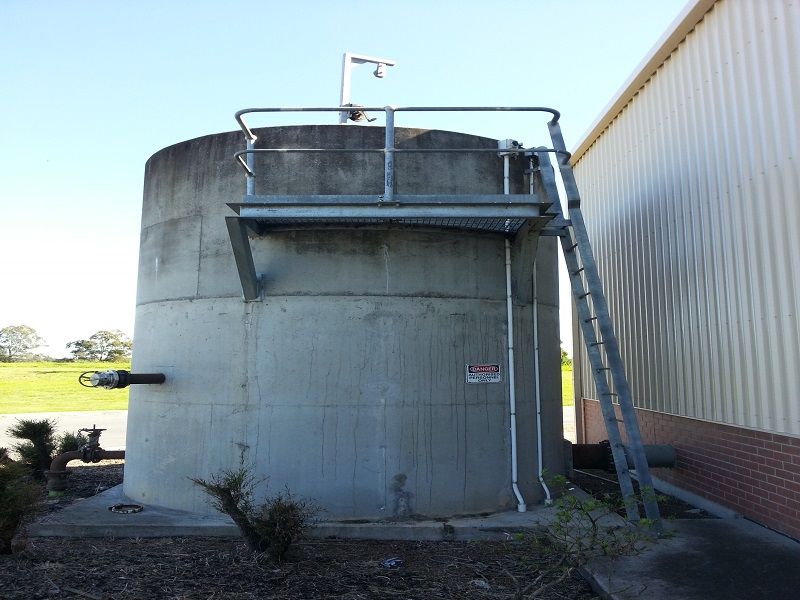
Sludge Storage/BufferTank
-
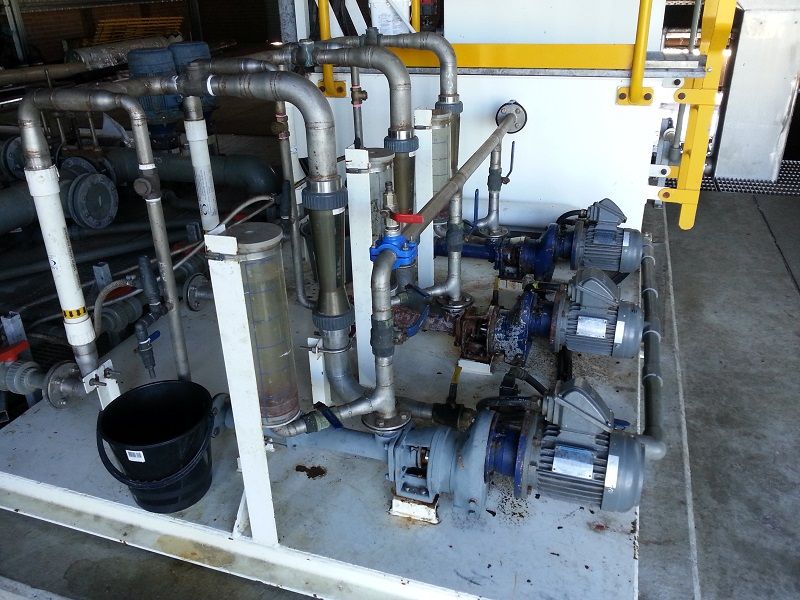
Poly Dosing Pumps
-
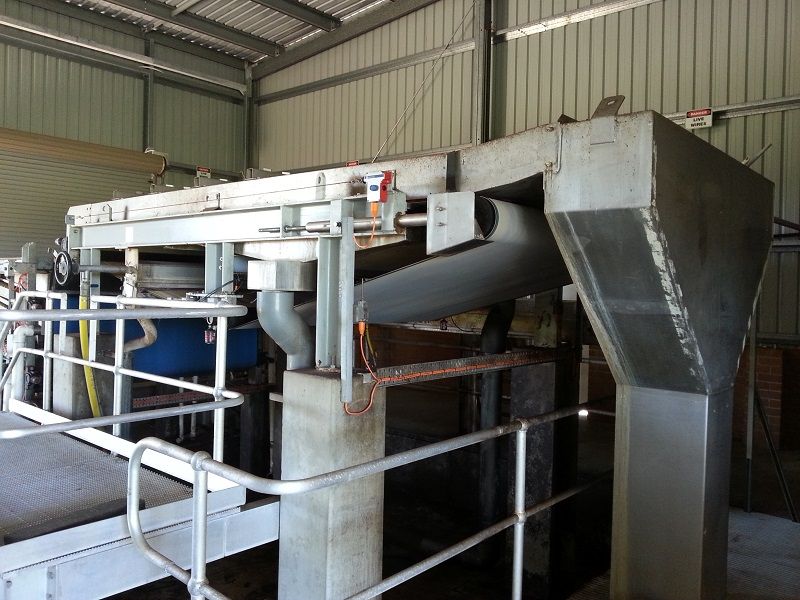
Gravity Drainage Deck
-
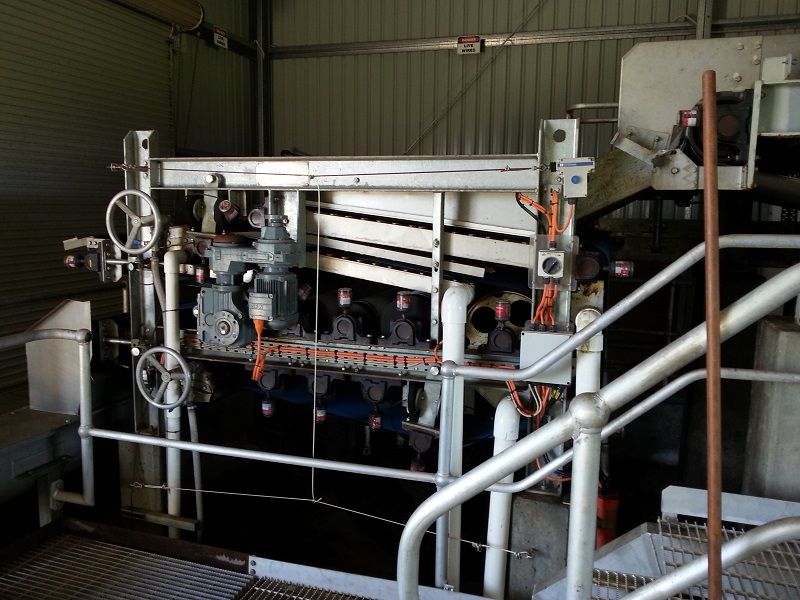
Belt Filter Press
-
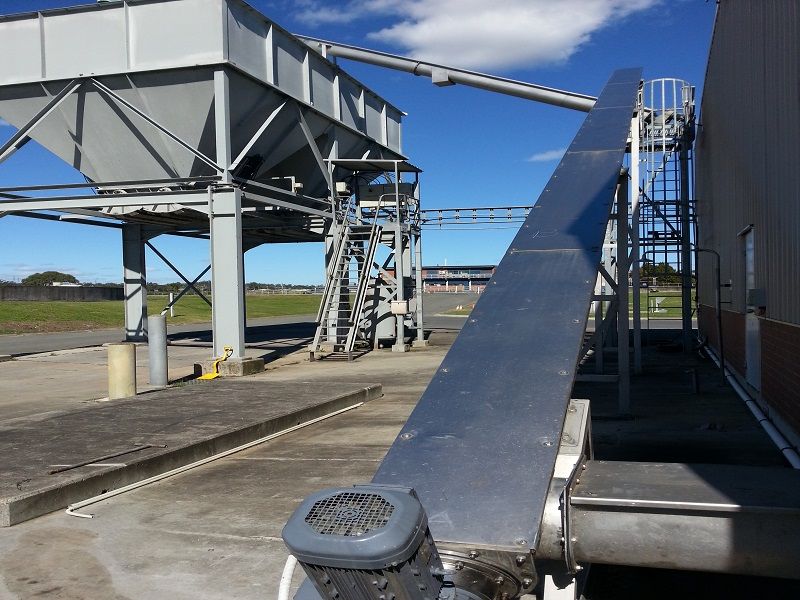
Outloading Conveyors
Bundamba STP Sludge Wasting
Background:
An upgrade to add improved functionality to the Sludge Handling part of Bundamba Sewage Treatment Plant was undertaken resulting in operational improvements, increased uptime, better visibility and analysis of plant shutdowns, and improved sludge age process to help optimize production at the plant.
Preliminary Works:
The Sludge Handling system at Bundamba STP was limited by programming constraints in the existing control system. The existing PLC and SCADA code was reverse engineered to produce a new Dewatering functional specification which was presented to STP staff and management for approval and signoff. From this new functional specification a new overlying sequence was written to control the plant equipment.
Sequence Enhancements:
Waste Activated Sludge (WAS) is pumped from each of the 3 Bioreactors to the Dewatering system. Dewatering of the WAS is done via 2 Gravity Drainage Decks (GDD) and Belt Filter Presses (BFP). The Dewatered WAS (DWAS) is then transferred via conveyors to the DWAS silo for storage and loading into trucks for disposal. The system removes solids from the Bioreactors at a rate determined from Operator Input. The operator has 3 options when determining the amount to waste:
- Sludge Age - This method involves inputting the Sludge Age required for each Bioreactor. Using this along with the capacity of each Bioreactor a wasting amount per day is calculated.
- Sludge Volume - The operator can enter a desired volume to waste and the sequence will pump WAS from that bioreactor until the limit is reached.
- Draw-Off Time - The operator can waste from the bioreactors for a certain amount of time before closing the valve
The upgraded system allows the operator to select an ageing sequence and respective bioreactors as required.
Control System:
A full testbed was setup with Citect SCADA and 2 GE-FANUC 90/30 PLC's to mimic site configuration. Equipment test code to mimic physical I/O was written, and the sequences run up on the bench. A code 'toggle' was incorporated so that if there were any problems with the new sequences, then the operator could revert back to the original sequence logic to prevent plant downtime.
Cutover:
The new sequences were added into the existing PLC code, and the SCADA updated with new sequence pages in addition to the existing sequence system. Each part of the sequence was tested for available combinations in conjunction with a site operator.
 +61 418 152 053
+61 418 152 053